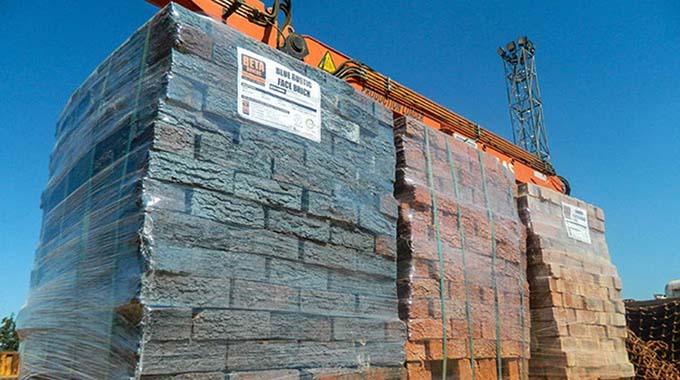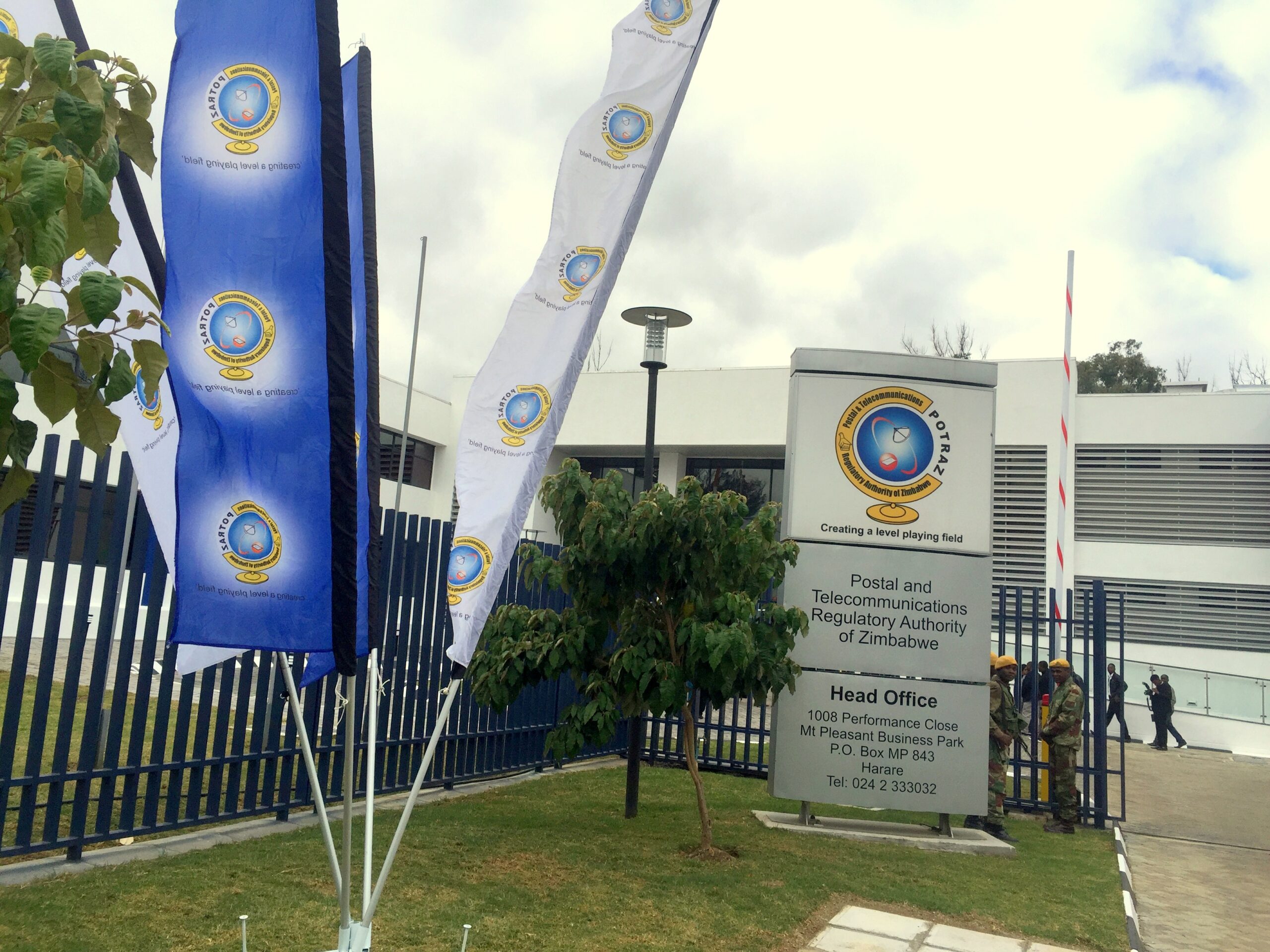Telecoms sector records double-digit growth in traffic
Mobile network operators’ reported double-digit growth in voice and data traffic for the third quarter to September 2020, due to increased adoption of e-learning, telecommuting, and e-conferencing.
Upscaling of business operations and the increased number of the workforce back at work following the relaxation of Covid-19 restrictions also boosted traffic.
As a result, revenue performance surged 194 percent to $8,9 billion compared to $3 billion recorded during the previous quarter.
Figures from regulator, Postal and Telecommunications Regulatory Authority of Zimbabwe (POTRAZ), however, show operating costs increased by 23,6 percent to $2,5 billion during the period under review as the sector was not spared from inflationary pressures affecting the economy.
The telecoms sector is a capital intensive business that requires foreign currency for procurement of equipment for expansion and services in addition to other costs.
“Operators in the sector have not been spared by the inflationary environment as evidenced by the rising cost of service provision,” said POTRAZ director general Dr Gift Machengete in a statement.
“The credit crunch as well as foreign currency challenges have negatively affected network expansion and maintenance as spare parts, equipment and vendor support fees require foreign currency.
The period under review was characterised by high inflation which reached a peak of 837 percent in June and a depreciating local currency to 81 to the dollar by end of September from 25 before June 23.
“The high cost of International Internet Connectivity remains a challenge as Zimbabwe is a landlocked country, accessing bandwidth from undersea cables via Mozambique and South Africa,” Dr Machengete said.
Internet access providers (IAP) revenues grew by 148,6 percent to $2,85 billion from $1,15 billion while total operating costs also grew by 109 percent to $1,9 billion quarter on quarter.
Revenue by postal and courier operators also advanced by 115,9 percent to $149,9 million as operating costs went up by 86,9 percent to $109,7 million.
During the quarter under review, mobile internet and data traffic grew by 43 percent to record 14,878TB from 10,407TB recorded in the second quarter of 2020.
According to the regulator, used International Internet Bandwidth Capacity also increased by 16,8 percent.
Internet and data traffic is expected to continue growing due to the increased adoption of e-learning, telecommuting, and e-conferencing that has been accelerated by Covid-induced lockdown.
Said Dr Machengete: “Telecommunications infrastructure and services play a critical role in keeping businesses, governments, and societies connected and running.
“The sector has kept the global economy moving during this Covid-19 era by providing connectivity and resilience, facilitating work-from-home arrangements and keeping individuals and societies connected and informed, with access to essential services.
“As a result, many telecom players providing broadband have benefitted from a surge in the internet and data traffic. Data and internet services will continue to drive industry growth.”
Total mobile voice traffic grew 18,7 percent to 1,56 billion minutes from 1,31 billion minutes recorded in the previous quarter.
Fixed voice traffic also rose by 12 percent with the bulk of fixed voice traffic generated by corporates lines.
POTRAZ attributed the growth in voice traffic to the upscaling of business operations and the increased number of workforce back at work following the relaxation of Covid-19 restrictions.
Going forward, the performance of the sector will continue to be dependent on the economic environment.
The economic environment impacts the sector through service demand and consumption levels, operating costs and investment. Foreign currency availability will also have an impact on service tariffs for the sector.
As such cost containment will remain crucial for operators to maintain profitability while subscriber retention also remains key.-ebusinesweekly.cl.zw










